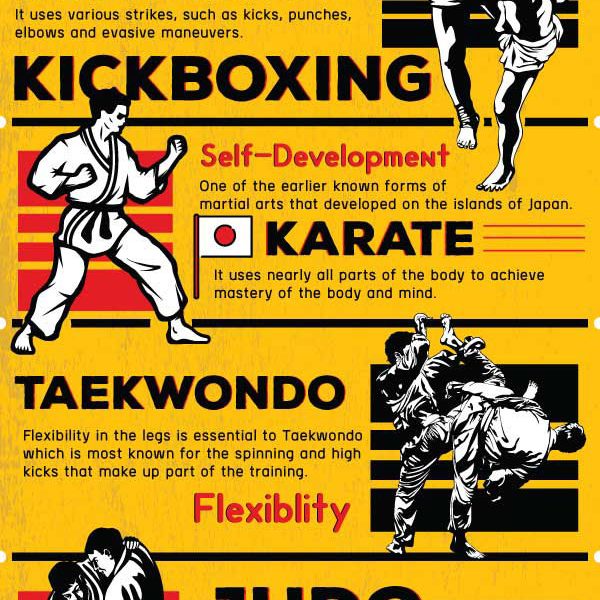How Do The Discipline-Centered Method Of Standard Martial Arts And The Competition-Driven Nature Of Modern Battle Sporting Activities Differ? Discover The Substantial Distinctions That Can Shape Your Experience
How Do The Discipline-Centered Method Of Standard Martial Arts And The Competition-Driven Nature Of Modern Battle Sporting Activities Differ? Discover The Substantial Distinctions That Can Shape Your Experience
Blog Article
what is the best martial art for self defense -McGinnis Fink
When you think of martial arts, do you lean a lot more towards the standard practices or the modern fight sporting activities? Each course offers distinct benefits and experiences, shaped by their ideologies and training techniques. Standard martial arts stress personal development and self-control, while contemporary combat sporting activities focus on competitors and performance. Recognizing these distinctions can guide you in selecting the best strategy for your journey. Yet just how do these differences show up in training and approach?
The Ideology and History Behind Typical Martial arts
While lots of people connect martial arts with physical fight, the philosophy and history behind typical martial arts run much deeper. You'll discover that these self-controls emphasize individual development, technique, and respect.
Stemming from ancient practices, traditional martial arts were commonly created for Self-Defense and spiritual advancement. They embody principles such as equilibrium, consistency, and self-control, guiding professionals beyond plain battling skills.
As you educate, you'll not just discover techniques but likewise gain understandings into the society and worths that shaped these arts. The routines and traditions, often passed down through generations, cultivate a feeling of community and belonging.
The Affordable Nature of Modern Fight Sports
Modern combat sporting activities have actually changed the landscape of martial arts into a highly competitive field, where professional athletes face off in an examination of skill, approach, and endurance.
You'll notice that competitions are commonly organized with stringent policies and policies, ensuring justice and security. These events attract big target markets, fueling the enjoyment and strength of matches.
Athletes educate carefully, not just for physical expertise however additionally for psychological strength, knowing that every detail counts in the ring. The adrenaline rush during competitors is palpable, as competitors press their limits to declare victory.
Fans value the athleticism and creativity involved, making contemporary fight sports a thrilling spectacle that continues to advance and astound fanatics all over the world.
Training Techniques and Methods: A Relative Analysis
The competitive atmosphere of contemporary battle sporting activities needs ingenious training methods that differ significantly from traditional martial arts.
In contemporary training, you'll focus on particular methods, competing, and conditioning, commonly using drills that mimic real fight scenarios. You'll see a focus on measurable performance and constant competitors to assess your skills.
On the other hand, conventional martial arts focus on types, katas, and philosophical trainings, frequently emphasizing discipline and respect over competitors.
Training is normally much less intense and may include repeated method instead of real-time sparring.
While both strategies construct skill and health and fitness, contemporary battle sporting activities offer a more vibrant and adaptable training setting, preparing you for instant obstacles in the ring or cage.
judo classes for adults that straightens with your goals and passions.
Conclusion
In choosing between conventional martial arts and modern fight sports, it actually comes down to what you value the majority of. If ksdi kajukenbo trying to find personal growth, self-control, and a sense of community, typical arts could be your best fit. However if you thrive on competition and real-time obstacles, modern-day battle sports could be the way to go. Ultimately, both paths provide one-of-a-kind benefits, so it's all about aligning your training with your personal objectives and rate of interests.
